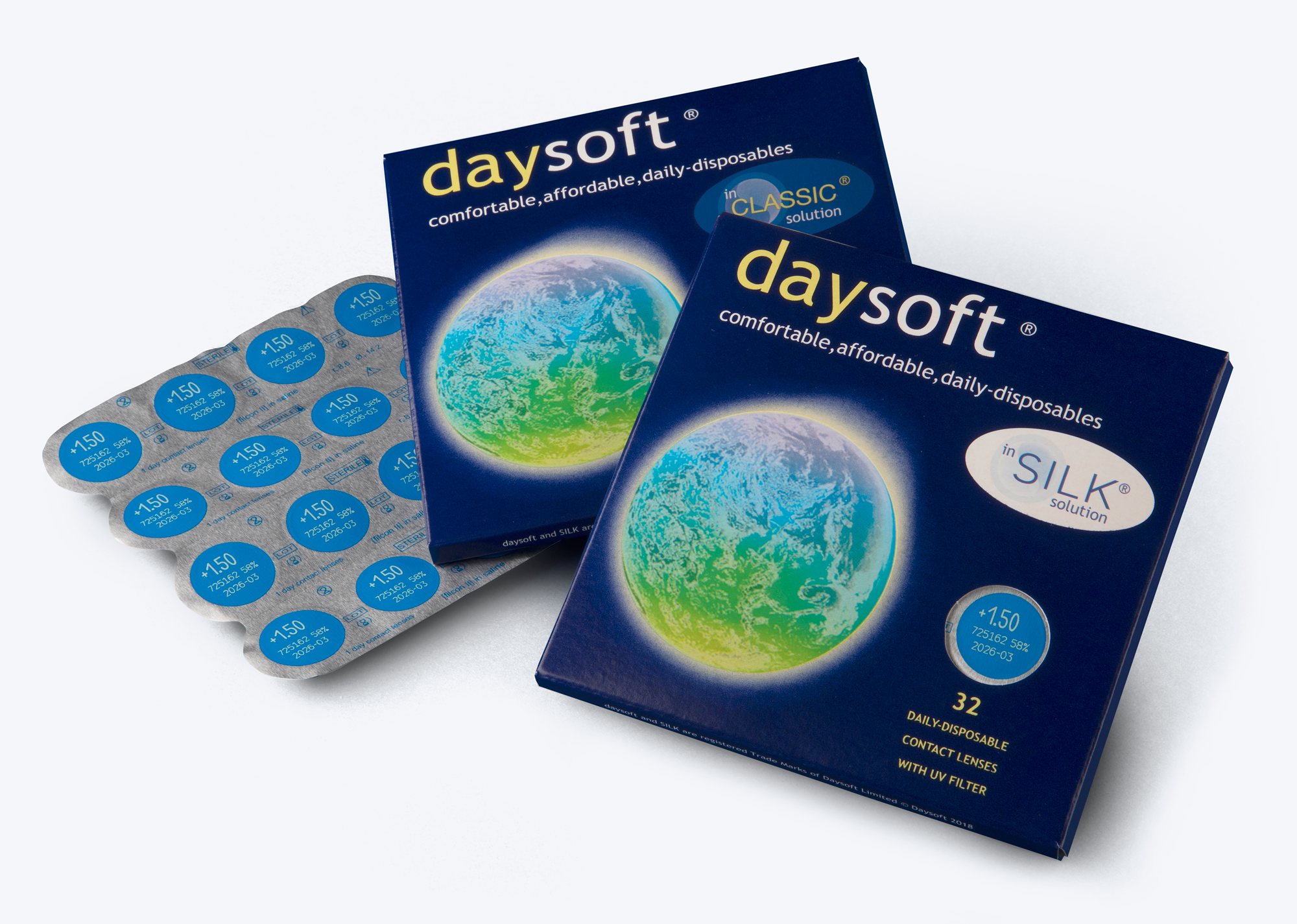Eyes feel like they’re full of grit, and are itchy and painful to touch? Welcome to pollen season, which causes hayfever misery for millions. So, how do you look after your peepers when you’re battling those unpleasant hayfever symptoms? Here’s how to relieve those hayfever eyes and take preventative action.
What causes hayfever symptoms?
Nearly a quarter of the UK population are thought to now suffer from hayfever, which, like other allergies, is becoming increasingly common. But what causes it and why do our bodies react?
They might sound benign but meadow rye, timothy grass and silver birch are among the plants that cause allergy sufferers’ immune systems to go into overdrive. You may find you’re more affected in the spring, whereas others’ symptoms may peak in the summer months. Tree pollen, for example, comes to the fore in April to May, whereas grass pollen levels start in May and continue to rise in June and July. Weed pollen and mould spores come into their own in late summer.

When pollen reaches your sensitive eyes, nose, lungs and airways, your immune system fires up, thinking these airborne particles are dangerous. In retaliation, your body produces large amounts of histamine, which protect against parasites.
In the case of hayfever, however, you’re just left with those all-too-familiar debilitating symptoms: itchy eyes and throat, constant sneezing, runny or blocked nose and possibly coughing and wheezing. Car exhausts, general pollution, cigarette smoke and strong perfumes can add to the pain and aggravate your symptoms.

How do I prevent hayfever eyes?
Hayfever symptoms can vary from annoying to downright unbearable, depending on how severely allergic you are. The first port of call should be to minimise your exposure to pollen. This is far easier said than done when it’s sunny and you want to enjoy being outside. Here are some small, practical tips that can help.
Wear wraparound sunglasses
Sunglasses not only protect your eyes but also act as a barrier against the direct impact of pollen. Wraparound sunnies will be better at preventing pollen from getting near your eyes. Make sure you clean your shades once or twice daily.
Layering your sunglasses on top of contact lenses is a great option. This way, you won't have to shell out on expensive prescription sunglasses, or constantly switch between prescription sunglasses and your normal specs.
Use daily disposable contact lenses
Daysoft CLASSIC lenses have been designed for those with sensitive eyes, so may be a better choice for hayfever sufferers. Remember not to shower or go swimming while wearing your contact lenses.

Look after your eyes
Always have a shower at bedtime, and bathe your eyes with clean water to rinse the pollen away. Clean your eyelids thoroughly each night before going to bed. Use a separate clean cotton pad for each eye.
Keep your eyes hydrated
Artificial tears reduce the itching sensation and remove pollen and other irritants.
Wash your hands thoroughly to prevent eye infections
Hayfever symptoms may leave our eyes swollen, watery – and unbearably itchy. In this state, they’re also far more susceptible to germs and infections such as styes, conjunctivitis or blepharitis. Our hands touch so many things every day, making it all too easy to transfer bacteria to our eyes as we rub them. Wash away the germs and pollen from your hands as often as you can, particularly before cleaning your eyes or applying eye drops.
Treat eye symptoms fast
If you suffer from hayfever eyes, treat the symptoms quickly before they develop into an infection. Eyes affected by an allergy can be red, watery, gritty, sticky, swollen, itchy and sensitive to light. Ask your pharmacist for a formulation that acts as a disinfectant and has antifungal properties, such as eye drops or ointment.
Is there anything I can do to prevent hayfever?
The best approach to hayfever is to avoid the triggers. Here are some ideas for preventative action.
- Start antihistamine medication early. It’s easier to control symptoms early than to treat fully developed ones.
- Check the pollen and weather forecasts in your area. The Met Office has a great pollen forecast tool, which you can use daily to check the pollen count in your area.
- NHS Choices suggests you rub Vaseline just inside your nostrils to keep pollen out.
- If pollen levels are high, stay indoors with the windows closed, if you can. Levels are usually highest in the early morning, after thunderstorms and on windy days.
- When you venture out, avoid heavily-planted open spaces.
- Consider getting a pollen filter for the air vents in your car.
- Don’t mow the grass – and stay inside while somebody else does the job for you!
- Bring in washing before pollen levels increase at night, or dry washing indoors.
- Vacuum thoroughly and dust surfaces with a damp cloth.
- Take your clothes off and wash them as soon as you get home.
- Shower and wash your hair once you get home.
- Plan holidays to avoid the pollen season. Go to the seaside, or somewhere where the season is earlier.
- If your symptoms are really challenging, seek medical advice. Effective treatments, such as desensitisation, are available for severe or persistent cases.
If you’re suffering from hayfever this summer, it could be time to give daily contact lenses a try. daysoft CLASSIC daily contact lenses are packed in a simple saline solution with no additives, perfect for sensitive eyes. Find out more.



